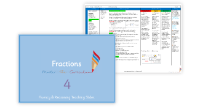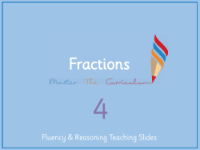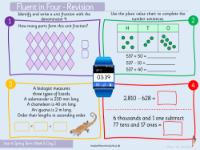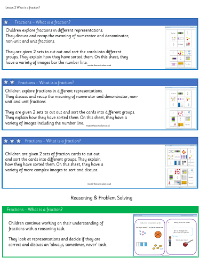Fractions - What is a fraction - Planning
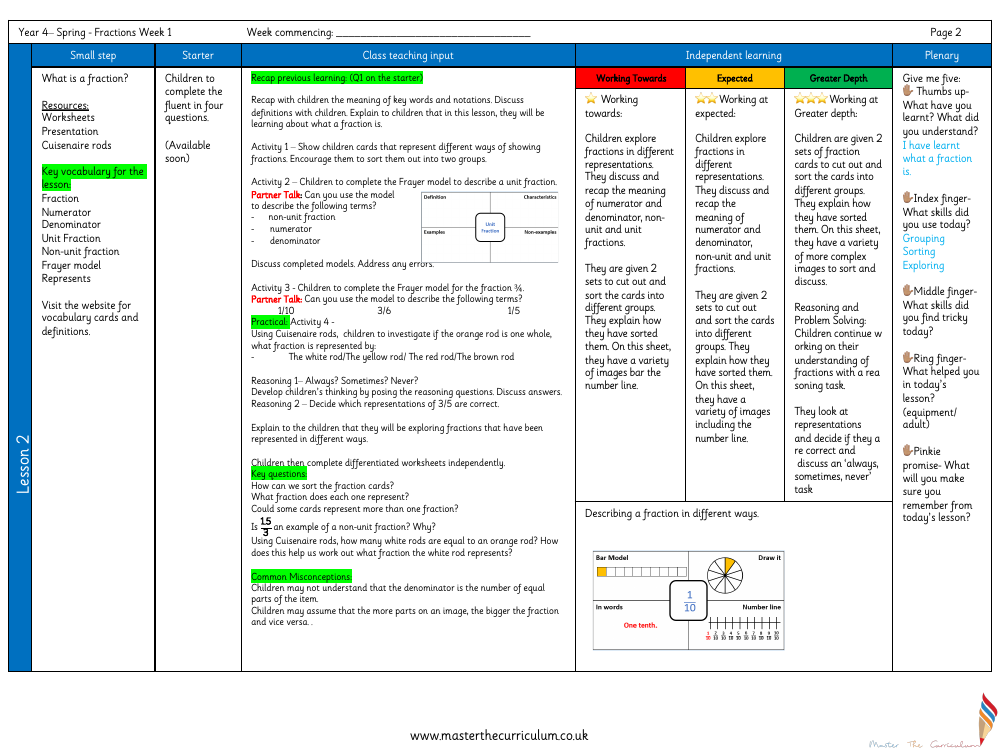
Maths Resource Description
In the introductory fractions lesson for Year 4 students, the concept of what a fraction is takes centre stage. The lesson utilises a variety of resources such as worksheets, presentations, and Cuisenaire rods to aid understanding. Key terms such as 'fraction', 'numerator', 'denominator', 'unit fraction', and 'non-unit fraction' are introduced and explored. The lesson begins with a review of previous learning and key vocabulary, followed by activities that encourage students to engage with different representations of fractions. In the first activity, children sort cards displaying fractions into two groups, while in the second activity, they use the Frayer model to define a unit fraction and then extend this to other fraction terms. The use of practical tools like Cuisenaire rods helps children visualise and investigate the concept of fractions, comparing different rod lengths to understand their fractional value relative to a whole.
Throughout the lesson, independent learning is supported by differentiated worksheets that challenge the students to apply their knowledge. Reasoning questions prompt deeper thinking, such as deciding which representations of a fraction like 3/5 are correct, or discussing whether certain statements about fractions are always, sometimes, or never true. This encourages critical thinking and helps address common misconceptions, such as misunderstanding the role of the denominator or assuming a larger number of parts in an image equates to a larger fraction. The lesson concludes with a plenary where students reflect on what they have learned, the skills they have used and found challenging, and the resources that have supported their learning. The aim is for students to leave the lesson with a clear understanding of fractions and the confidence to continue exploring this foundational mathematical concept.

